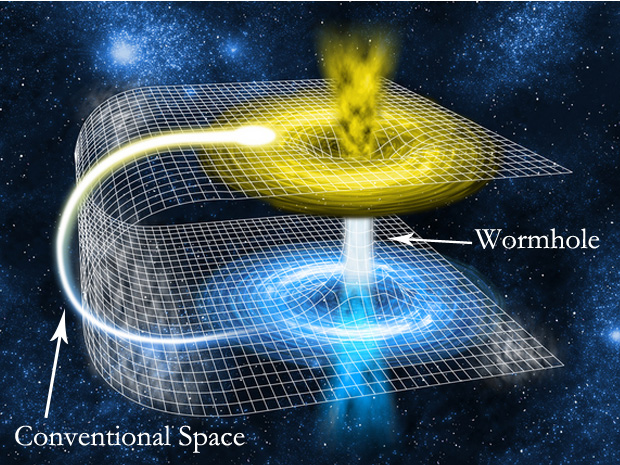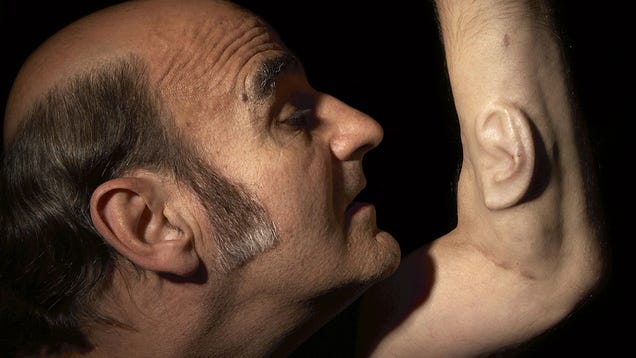 |
"Yuriko Yamaguchi: Interconnected in Art, Nature,
Science and Technology" Installation image. " |
Medicine, Technology, Art?? I would have never thought of
combining these three completely different genres under one umbrella. However,
despite the personal lack of experience I had within my limited knowledge about
sciences, I came to find out that Science was always depicted as Art, and that
the standard was only changing from a more traditional perspective to a more
modern one.
In her lecture, Dr. Vesna indicates that Medicine was
traditionally considered as art, and the use of tools/technology within
medicine was not to be practiced by “true doctors”. On the other hand, Dr.
Vesna describes the drastic transitioning of ideas as Modern days the Medical
Tools/technology is practiced by “true doctors”, and that those mechanisms are actually
artistic. A foundation cultural-transition of medicine is also expressed in Peter Tyson’s
article where Dr. David Graham points out that the traditional “Oath” of Medicine
was heavier as a sort of a covenant binding to an inherent treaty in medicine. However, Graham compares such
traditionalism to modernism as many modern oaths have more bland nature with a
generalized concept of “best wishes” about them.
 |
| MRI art- Bunge Lab Berkelely |
 |
| Virgil Wong's 3D Anatomy App |
Although Graham’s translations of the cultural transition
was rather pessimistic, we can definitely understand that the modern scientists
definitely have a contrastingly different interpretation of Medical Science and
technology expressed artistically, disparate from the traditional ideas. Silvia
Casini realistically compares modern MRI with the concept of the Portrait art,
as having “parallel looks”; with both being performative, but resistant to
being regarded as transparent windows. However, the two diverse yet parallel
genres have different artistic values as MRI has a more “acoustic” artistic
expressions but the Portrait has a more “visual” artistic expression.
Moreover, Donald E. Ingber goes further into interconnecting
Medical Science with Art as Ingber states that the design of the organic structures
of the natural life creates a design of natural order so complex and
artistically significant, that it shall be considered visually artistic. By
directly implying the natural order of science to art, Ingber completely
interrelates two such distinct concepts under one translational bubble.
Conclusively, I came to realize that art can be found in basically
any fundamental and physical existence in the world. As Virgil Wong used
artistic 3D Anatomical bodies to fulfill both fields of Arts and Sciences
through his works, modern technology opened a new era for Medical Sciences
within its bond with the beautiful outlook as “Art”.
-------------------------------------------------------------------------------------------------------------
Sources
Bunge, Silvia A. "MRI Recollection, Bunge Lab."
Bunge Lab, Building Blocks of Cognition. N.p., n.d. Web. 24 Apr. 2016.
<http://bungelab.berkeley.edu/principal-investigator/>.
Casini, Silvia. "Magnetic Resonance Imaging (MRI) as
Mirror and Portrait: MRI Configurations between Science and the Arts."
Configurations 19.1 (2011): 73-99. Ca Foscari Universita Di Venezia. Web. 24
Apr. 2016.
"Emory University School of MedicineRad Report."
31st Annual Weens Lecture: Health Time Machines- How a 3-D Selfie Can Help You
Get Healthy. N.p., n.d. Web. 24 Apr. 2016.
<http://radiology.emory.edu/about/rad-reports/stories/2014/08/weenslecture/index.html>.
Ingber, Donald E. "The Architecture of Life." Sci
Am Scientific American 278.1 (1998): 48-57. Web. 24 Apr. 2016.
Tyson, Peter. "The Hippocratic Oath Today." PBS.
PBS, 27 Mar. 2001. Web. 24 Apr. 2016.
<http://www.pbs.org/wgbh/nova/body/hippocratic-oath-today.html>.
Vesna, Victoria, Dr/Prof. "Medicine Lectures."
Course Login UCLA Desma9. Victoria Vesna, n.d. Web. 24 Apr. 2016.
<https://cole2.uconline.edu/courses/484297/pages/unit-4-view?module_item_id=8599397>.
Wong, Virgil. "Virgil Wong | Artist and Health
Cognition Researcher, Columbia University | Cofounder and Inventor, Medical
Avatar." Virgil Wong. Virgil Wong, n.d. Web. 24 Apr. 2016.
<http://virgilwong.com/>.
Yamaguchi, Yuriko. "Yuriko Yamaguchi." Koplin Del
Rio. N.p., 2007. Web. 24 Apr. 2016.
<http://www.koplindelrio.com/content/yuriko-yamaguchi>.

















































